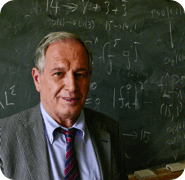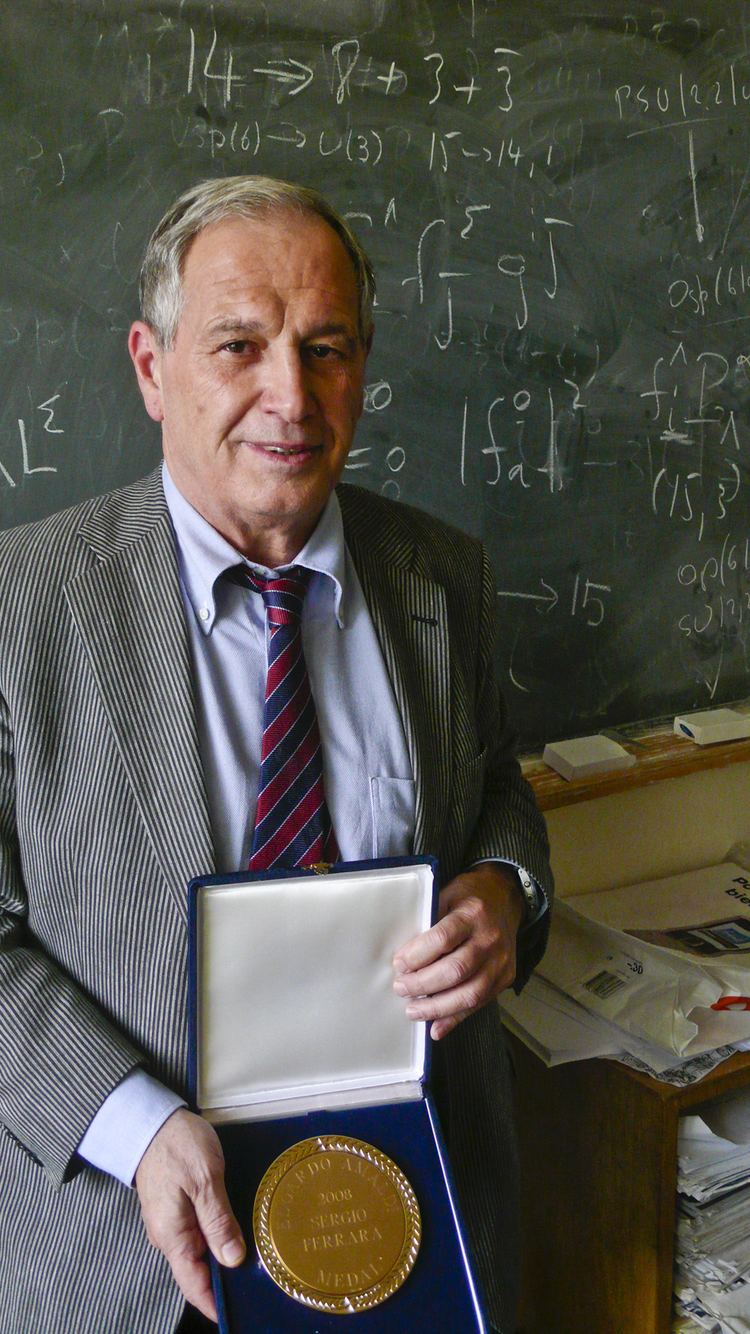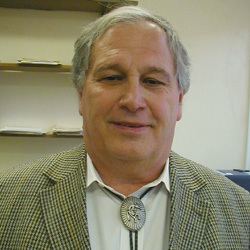Name Sergio Ferrara | Role Physicist | |
 | ||
Books Supersymmetric Mechanics - Vol. 2: the Attractor Mechanism and Space Time Singularities | ||
Day 3 theoretical physics session sergio ferrara
Sergio Ferrara (born May 2, 1945) is an Italian physicist working on theoretical physics of elementary particles and mathematical physics. He is renowned for the discovery of theories introducing supersymmetry as a symmetry of elementary particles (super-Yang–Mills theories, together with Bruno Zumino) and of supergravity, the first significant extension of Einstein's general relativity, based on the principle of "local supersymmetry" (together with Daniel Z. Freedman, and Peter van Nieuwenhuizen). He is an emeritus staff member at CERN and a professor at the University of California, Los Angeles.
Contents
- Day 3 theoretical physics session sergio ferrara
- Sergio ferrara black holes and supergravity 1
- Early years
- Conformal field theory
- Supergravity
- Later years
- Awards
- References

Sergio ferrara black holes and supergravity 1
Early years

Sergio Ferrara was born on 2 May 1945 in Rome, Italy. He graduated from the University of Rome in 1968. Since then he has worked as a CNEN and INFN researcher at the Frascati National Laboratories; as a CNRS Visiting Scientist at the Laboratoire de Physique Théorique, École Normale Supérieure, Paris, and at the Theory Division at CERN, Geneva.
Conformal field theory
In 1971–1975, Sergio Ferrara did pioneering work on Conformal Field Theory and the Conformal bootstrap. In a series of papers written in collaboration with Raoul Gatto, Aurelio Grillo and Giorgio Parisi, he studied constraints imposed by conformal symmetry on the operator dimensions, the form of the correlation functions, the operator product expansion, and the conformal partial wave expansion for the four-point correlation functions of the theory. This work, together with the contemporaneous work by Alexander Polyakov, laid the foundations of Conformal Field Theory.
Supergravity
In 1976, Sergio Ferrara, Daniel Z. Freedman, and Peter van Nieuwenhuizen discovered Supergravity at Stony Brook University in New York. It was initially proposed as a four-dimensional theory. The theory of supergravity generalizes Einstein's general theory of relativity by incorporating the principles of supersymmetry.
Later years
In 1980 he was made a full professor of theoretical physics in Italy. He became a staff member of the Theory Division at CERN in 1981. In 1985, he became a Professor of Physics at the University of California, Los Angeles. Since 1986 he has been a senior staff member of the Physics Department at CERN. During the years 2010-2014 he has been a Guest Professor at CERN as Principal Investigator of the European Research Council Advanced Grant SUPERFIELDS. He is currently a senior staff member, emeritus, at CERN.
